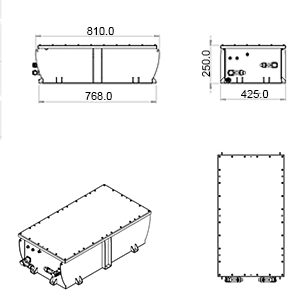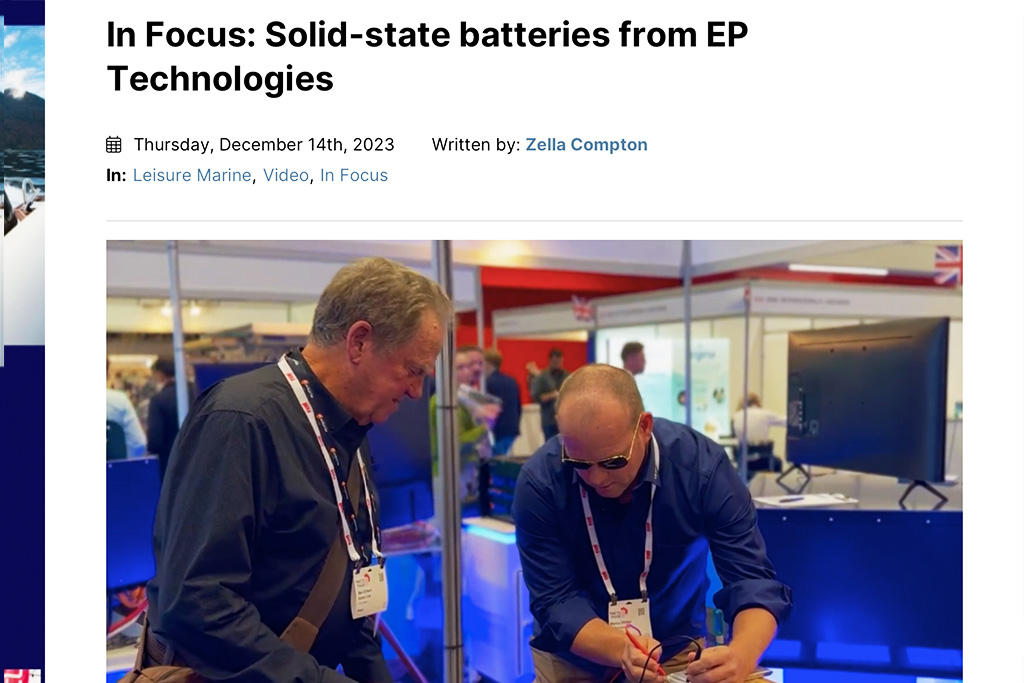safety and high cycle life at a premium
HV / Solid State Tech
.
Using mostly solid instead of liquid electrolytes – enhancing safety, cycle life, and performance.
Can withstand overcharging, extreme heat, and punctures without harm.
With a hardware override switch, electronic control systems can be bypassed, ensuring reliable power access in any situation.
Extended cycle life of over 10,000 cycles – eco-friendly and cost-effective.


SOLID STATE TECHNOLOGY BATTERY CELLS
| Electrical Characteristics | Solid State Technology |
|---|---|
| Chemistry | Lithium-ion |
| Nominal Voltage | 51.2V factor of |
| Energy | 14.336kWh factor of |
| Cycle Life | 10’000 @ 80% DoD |
| Voltage | 16 in series, 24 in parallel |
| Standard Charge | Solid State Technology |
|---|---|
| Max Continues Charge | 220 A / 0.8C |
| Max Charge | 280 A / 1C |
| Standard Discharge | Solid State Technology |
|---|---|
| Max Continues Discharge | 280 A / 1C |
| Peak Discharge | 350A 15 min |
| Environmental | Solid State Technology |
|---|---|
| Temp Range | -10°C to 60°C |
| Ideal Working Temperature | 5℃ to 45℃ |
| Mechanical | Solid State Technology |
|---|---|
| Battery Case | ALU / SS top cover |
| Dimensions (LWH) mm | 810 x 425 x 250 mm |
| System Mount | Self-Stackable or Rack |
| Weight | 102kg |
| Communication mode | CAN bus 250k |
| IP Rating | IP 65, IP 67 on request |
| Certifications | CE, UN 38.3, DNV-GL pending |
| General Warranty | 2 Years, 3 years an option |
| Cycle life Warranty | 5 Years |
safety points
PERFORMANCE AND LIFETIME
Like all batteries, also EPTechnologies batteries age, by usage and by calendar aging. Calendar aging is around 1% per year if kept below 30 deg storage temp and if stored at 50 to 60% SOC.
With repeated charging and discharging (cyclical ageing).
| DOD | Cycle life depending on SOC usage |
|---|---|
| 20% | No Data |
| 30% | No Data |
| 40% | No Data |
| 50% | No Data |
| 60% | 13’000 |
| 70% | 12’000 |
| 80% | 10’000 |
| 90% | 9’000 |
| 100% | 8’000 |
DOD: Depth of Discharge
SOC: State of Charge
These batteries have the potential to transform the way energy is stored and utilized in maritime transportation, contributing to a greener and more sustainable future.
ESTIMATED LIFE ASSUMING THAT
WARRANTY
EPTechnologies guarantees the remaining capacity according to the following diagram depending on the DoD per cycle



